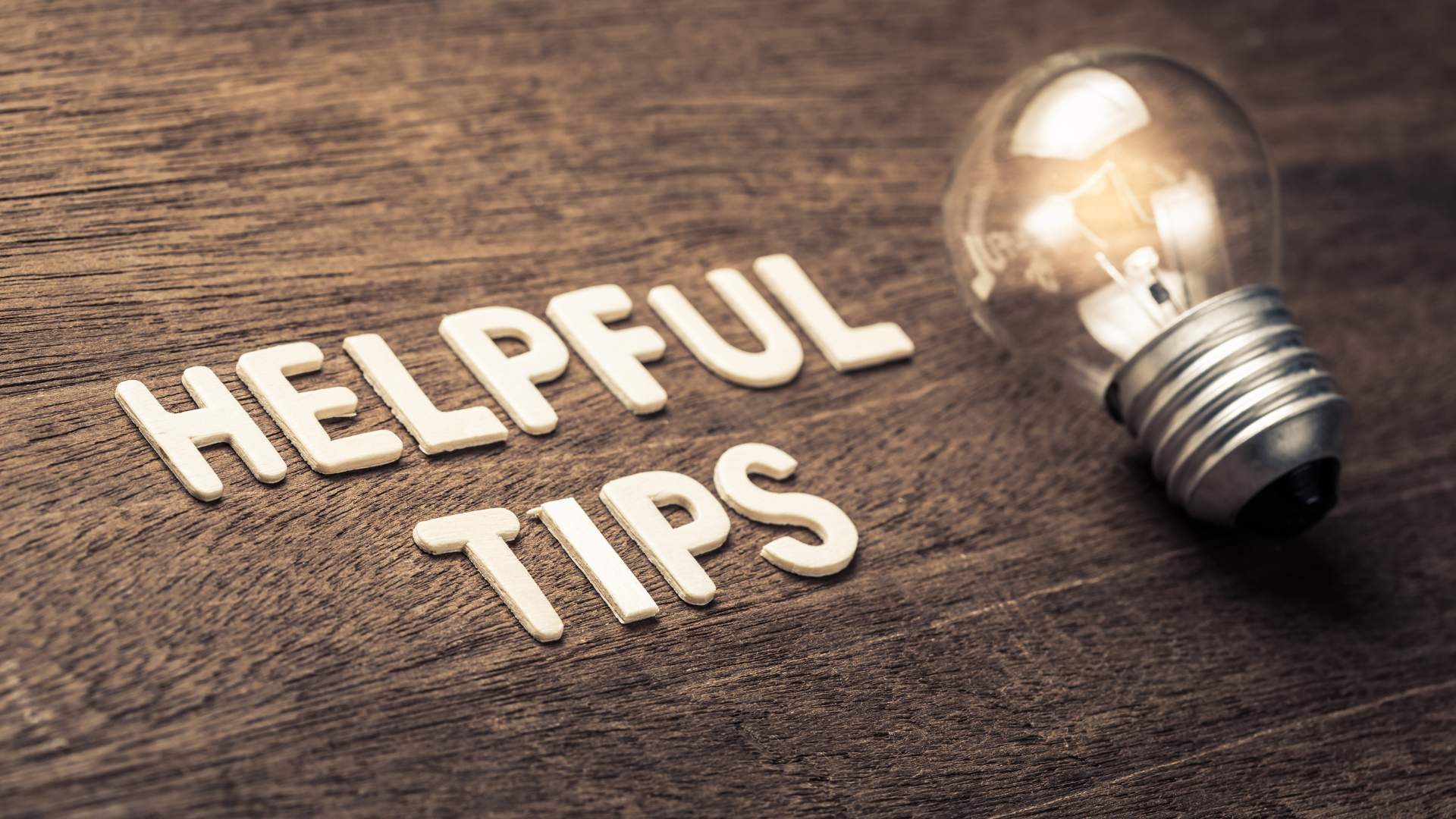How to Stop Emotional Eating: 5 Simple Techniques to Press Pause Before Snacking
Emotional eating isn’t about weakness — it’s your body and mind asking for care. If you’ve ever found yourself reaching for food out of stress, boredom, or habit, you’re not alone. This guide shares five simple, research-backed techniques to help you press pause, understand your cravings, and build a healthier relationship with food — without strict diets or guilt.
If you have ever found yourself standing in front of the fridge late at night, reaching for food even though you are not truly hungry, you are not alone. Many of us turn to food for comfort when we feel stressed, bored, or overwhelmed. The relief is temporary, and what usually follows is frustration or guilt.
Learning how to stop emotional eating is not about strict rules or willpower. It starts with something much simpler: pressing pause. A small pause creates space between the urge and the action. In that space, you have the power to choose differently. Here are five techniques you can use today to interrupt emotional eating and begin building a healthier relationship with food.
“Emotional eating isn’t proof of weakness—it’s your body and mind asking for care. When you respond with kindness instead of criticism, you not only soothe the moment but also begin to break the cycle of guilt and shame that keeps you stuck.”
Why We Eat When We Are Not Hungry
Emotional eating happens when we eat to soothe feelings rather than to satisfy physical hunger. It may show up during stress, loneliness, sadness, or even boredom. Food can feel like a quick fix, but it does not address the root cause. That is why the pause is so powerful. It helps us notice what is really going on beneath the craving.
5 Simple Techniques to Press Pause Before Emotional Eating
1. Take a Five Minute Pause
When a craving hits, set a timer for five minutes. Give yourself permission to eat after the timer ends, but use those five minutes to check in with yourself first. Often, the urge softens once you give yourself a little time to breathe.
2. Check In With Your Body
Ask yourself: Am I physically hungry or emotionally hungry? Physical hunger builds gradually and can be satisfied with many different foods. Emotional hunger comes on suddenly and is often tied to specific cravings. Naming the difference is the first step to regaining control.
3. Identify the Trigger
Notice what led to the craving. Was it stress from work? Feeling lonely? A tough conversation? Recognizing your emotional triggers makes it easier to address them directly instead of reaching for food by default.
4. Swap In a Calming Action
Choose one simple action that soothes you without involving food. Try taking a short walk, listening to music, practicing deep breaths, or writing down how you feel. Even a quick pause to stretch can redirect your focus and give your body the signal to reset.
5. Practice Self-Compassion
This step is often overlooked, but it matters most. If you find yourself eating emotionally, treat yourself with kindness instead of criticism. Emotional eating is not a failure; it is a signal. Being compassionate with yourself helps break the cycle of guilt and shame that often fuels overeating.
Why Pressing Pause Matters
The pause is not about restriction. It is about choice. By slowing down, you give yourself space to understand what your body and mind really need. Over time, this practice helps reduce automatic eating and creates a more balanced relationship with food.
No one gets it perfect every time. The goal is progress, not perfection. Each pause is a chance to move toward awareness and away from guilt.
How Bea Helps You Press Pause in Real Time
Knowing the tools is one thing. Remembering to use them in the moment is another. That is where Bea comes in.
Bea is the first app designed by licensed psychologists to help you manage emotional eating in real time. When cravings hit, Bea guides you step by step through techniques like pausing, identifying triggers, and practicing self compassion. Instead of facing the urge alone, you have a private coach in your pocket. For people who have struggled with diets, calorie tracking, or expensive therapy sessions, Bea offers an affordable and accessible alternative. It is not about restriction. It is about healing.
Final Thoughts
Emotional eating is common, and it does not make you weak. It is a learned pattern that can be unlearned with the right tools and support. Pressing pause is a powerful first step, and with Bea, you do not have to do it on your own.
Start your journey today. Download Bea Better Eating and discover real tools to stop emotional eating, ease guilt, and build balance.

